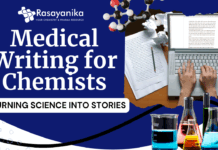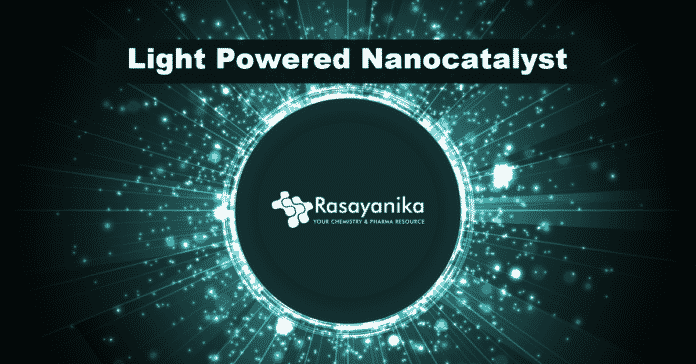A light powered nanocatalyst that can break the strong chemical bonds in fluorocarbons was developed by engineers of Rice University, fluorocarbons are a group of synthetic materials that includes persistent environmental pollutants.
Tiny spheres of aluminum dotted with specks of palladium could break carbon-fluorine (C-F) bonds by means of a catalytic procedure called hydrodefluorination in which a fluorine atom is replaced by a hydrogen atom was demonstrated by Naomi Halas, Rice nanophotonics pioneer, an engineer, and chemist whose Laboratory for Nanophotonics (LANP) specializes in creating and studying nanoparticles that interact with light and collaborators at the University of California, Santa Barbara (UCSB), and Princeton University.
The stability and strength of C-F bonds are behind some of the 20th century’s most identifiable chemical brands, including Scotchgard, Teflon, and Freon. However, when fluorocarbons enter into the water, soil, and air – the strength of those bonds can be troublesome. CFCs – Chlorofluorocarbons, as an example, were banned by worldwide treaties in the 1980s after they were discovered it to be ruining the earth’s protective ozone layer, as well as other fluorocarbons targeted by a 2001 treaty, were on the list of “forever chemicals”.
Halas said, “Breaking the C-F bond, which requires energy in a large quantity, is the difficult part regarding remediating any of the fluorine-containing compounds”.
For making “antenna-reactor” catalysts that speed up chain reactions Halas and his colleagues have spearheaded approaches in the last 5 years. Generally, catalysts are utilized in energy-intensive processes that need both high pressure and heat, or anyone of it. For an instance, a mesh of catalytic product is inserted into a high-pressure vessel at a chemical plant, and to heat up the gas or fluid that’s flowed via the mesh, natural gas or another fossil fuel is burned. By capturing light energy and also placing it straight at the point of the catalytic reaction, the LANP’s antenna-reactors significantly boost energy efficiency.
In the research is the reactors are islands of palladium scattered across the surface of the aluminum and the energy-capturing antenna is an aluminum particle smaller than a living cell. Halas’ previous successes: solar steam perhaps illustrates the energy-saving feature of antenna-reactor catalysts. Their experiment showed that its energy-harvesting particles could quickly evaporate water particles near their surface, referring that without boiling water Halas and colleagues could make steam. To make understand the factor they showed that from ice-cold water they could make steam.
Mixing and matching metals that are best matched for capturing light and catalyzing reactions were enabled by the antenna-reactor catalyst. The project belongs to the green chemistry movement towards cleaner, more efficient chemical processes, and LANP has previously shown catalysts for splitting ammonia to generate hydrogen fuel and also for producing ethylene and syngas.
Hossein Robatjazi, a Beckman Postdoctoral Fellow at UCSB, lead author, who earned his Ph.D. from Rice in 2019, claimed that the project also reveals the importance of interdisciplinary partnerships.
He stated, “I completed the experiments last year, however, our speculative results had some fascinating attributes, changes to the reaction kinetics under illumination, that increased a crucial but interesting question: In promoting the C-F breaking chemistry – What is the role of light?”
The outcomes came after Robatjazi arrived for his postdoctoral experience at the University of California. He was assigned to develop a microkinetics model, and a combination of insights from the model and also from theoretical calculations aided to explain the confusing outcomes, the theoretical calculations were done by collaborators at Princeton.
He added, “With this model, we used the perspective from surface science in traditional catalysis to distinctly connect the experimental results to changes to the reaction pathway and reactivity under the light”.
These fluoromethane experiments could be just the beginning of the catalyst for breaking carbon-fluorine bonds.
He added, “This general reaction might work for remediating many various other sorts of fluorinated molecules”.
The research on light-powered nanocatalyst is published in Nature Catalysis.
















































